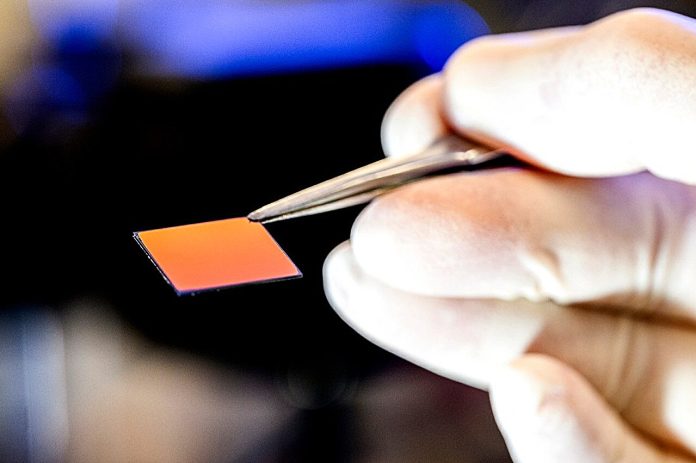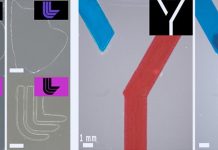
Infrared light, though invisible, is something we can feel as heat.
It’s used in many technologies, like night vision cameras and infrared spectroscopy—a method that helps scientists study how infrared light interacts with different materials.
This technique is crucial in fields like drug testing, material science, and environmental monitoring.
However, traditional equipment for infrared spectroscopy is often large, expensive, and difficult to use.
Researchers at Northeastern University are changing that. They are developing tiny optical chips that could make infrared spectroscopy much more accessible and affordable.
These new chips are being created in the Computer and Electrical Engineering Department by Professor Srinivas Tadigadapa and doctoral student Soheil Farazi.
Their goal is to shrink the size and cost of the equipment needed for infrared spectroscopy, potentially fitting it into devices as small as smartphones.
“Right now, to do this kind of spectroscopy, you need big, bulky equipment,” explains Professor Tadigadapa.
“But by miniaturizing these light sources and making them into small chips, we could eventually integrate them into next-generation smart devices.”
The researchers have used advanced quantum mechanical techniques to develop these optical chips.
One key method involves a quantum physics concept known as bound-state in the continuum (BIC).
This technique allows them to create chips that generate light similar to lasers but without actually using a laser. Instead, the chip is simply heated on a hot plate to produce the light.
“The materials we’re using are simple and easily accessible,” Tadigadapa says. “Once we can mass-produce these chips, they could be made at a very low cost.”
The optical chips generate light in the mid-infrared range, which is crucial for molecular detection and analysis.
This makes them highly valuable for various sensing and wireless communication technologies.
According to Farazi, light sources that emit only a single wavelength are ideal because they simplify signal interpretation, making these chips even more useful.
The researchers are still in the early stages of developing this technology, focusing on making the chips more precise and adjustable.
However, they have successfully completed the initial design and manufacturing phase of the chips, which they produced in Northeastern’s nanofabrication facility.
“This is just the first step in a much larger project,” says Tadigadapa. “Without this crucial first piece, we wouldn’t be able to build the rest.”
These innovative optical chips could revolutionize the way we use infrared spectroscopy, making it more accessible and paving the way for new technologies in sensing and communication.


